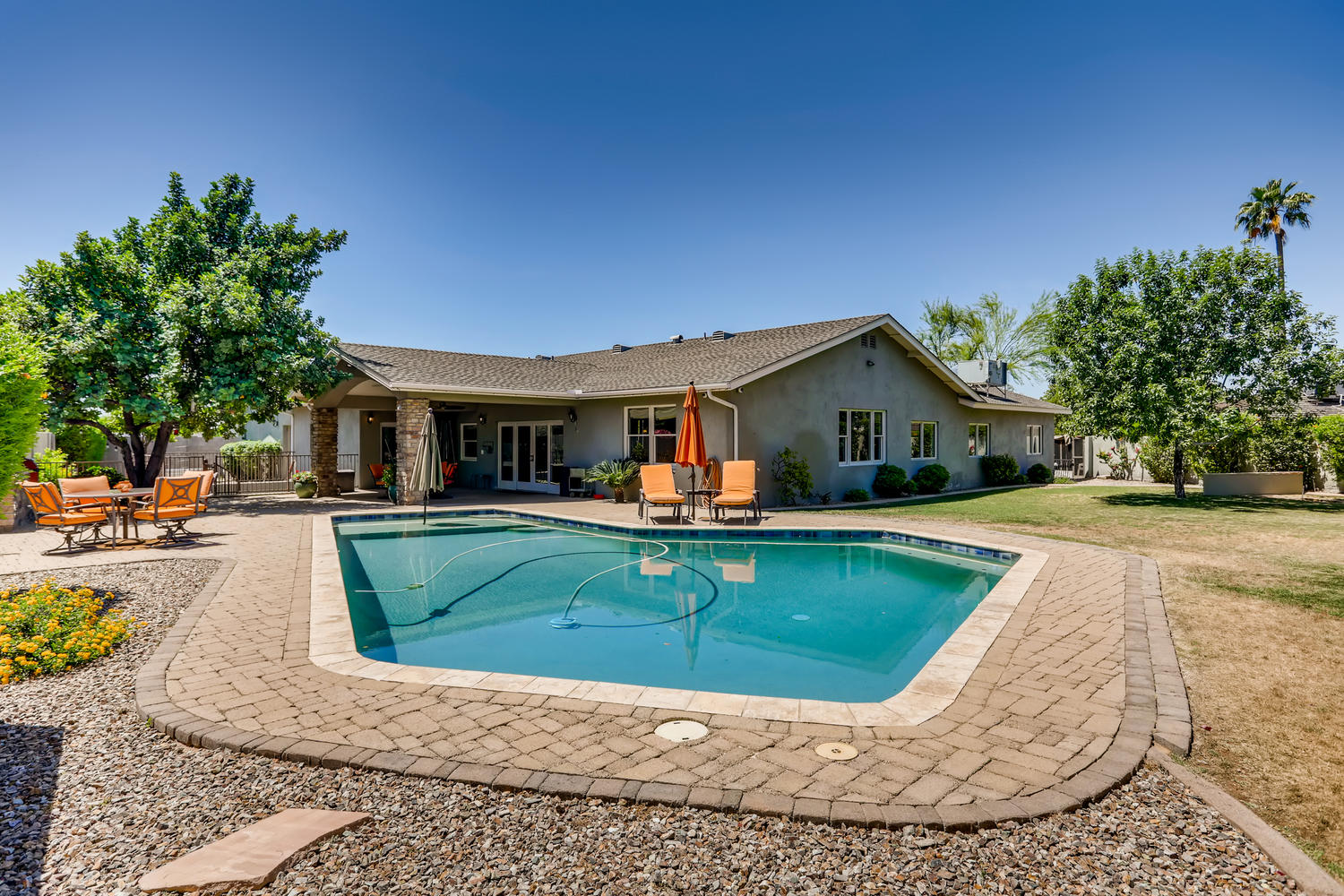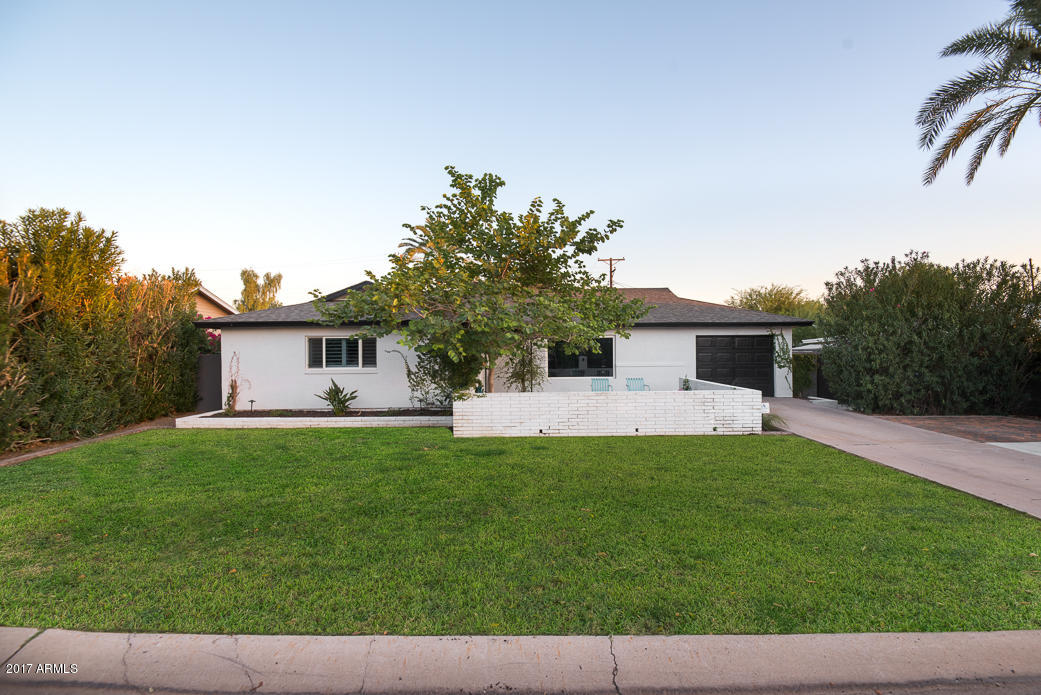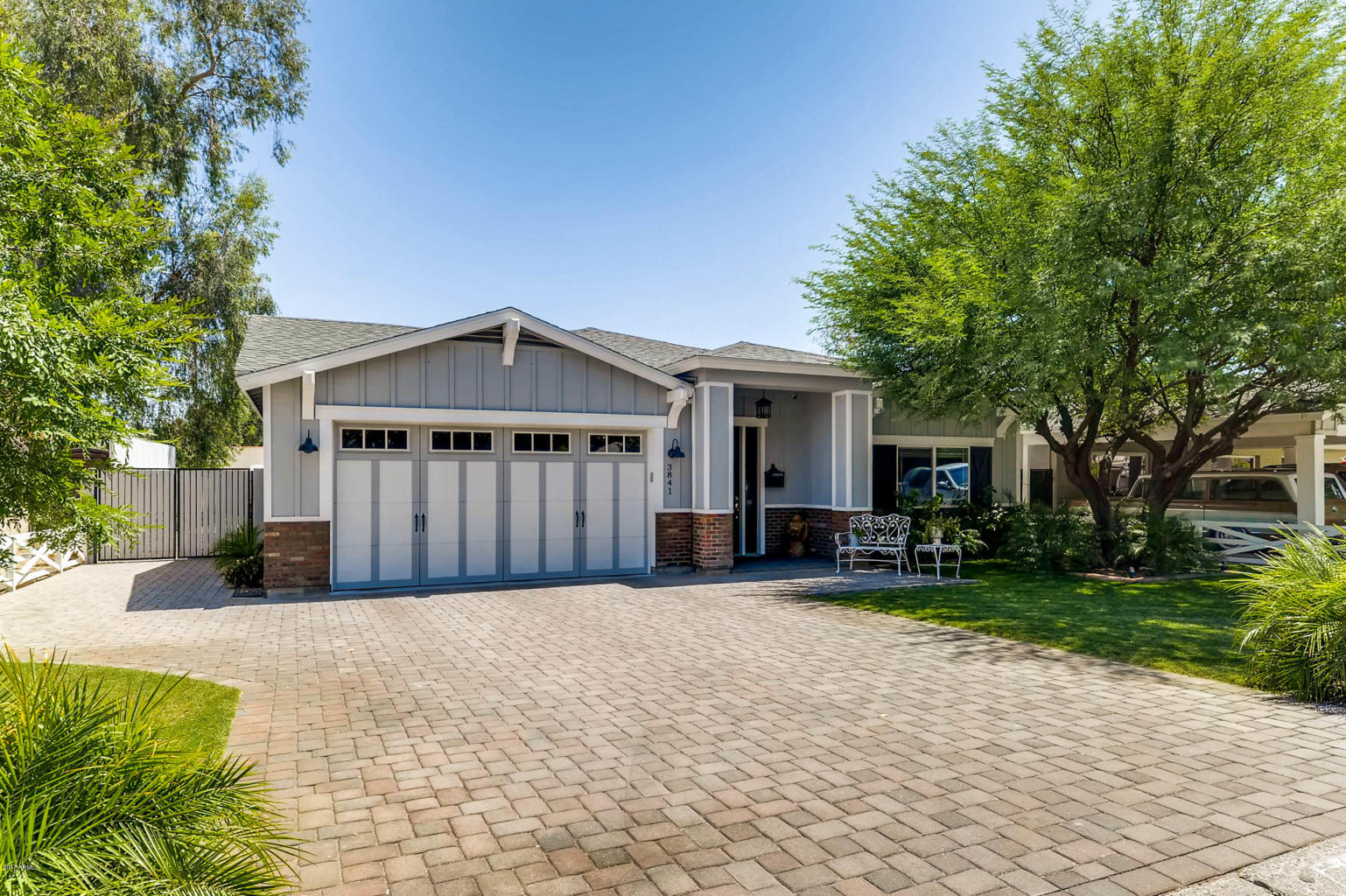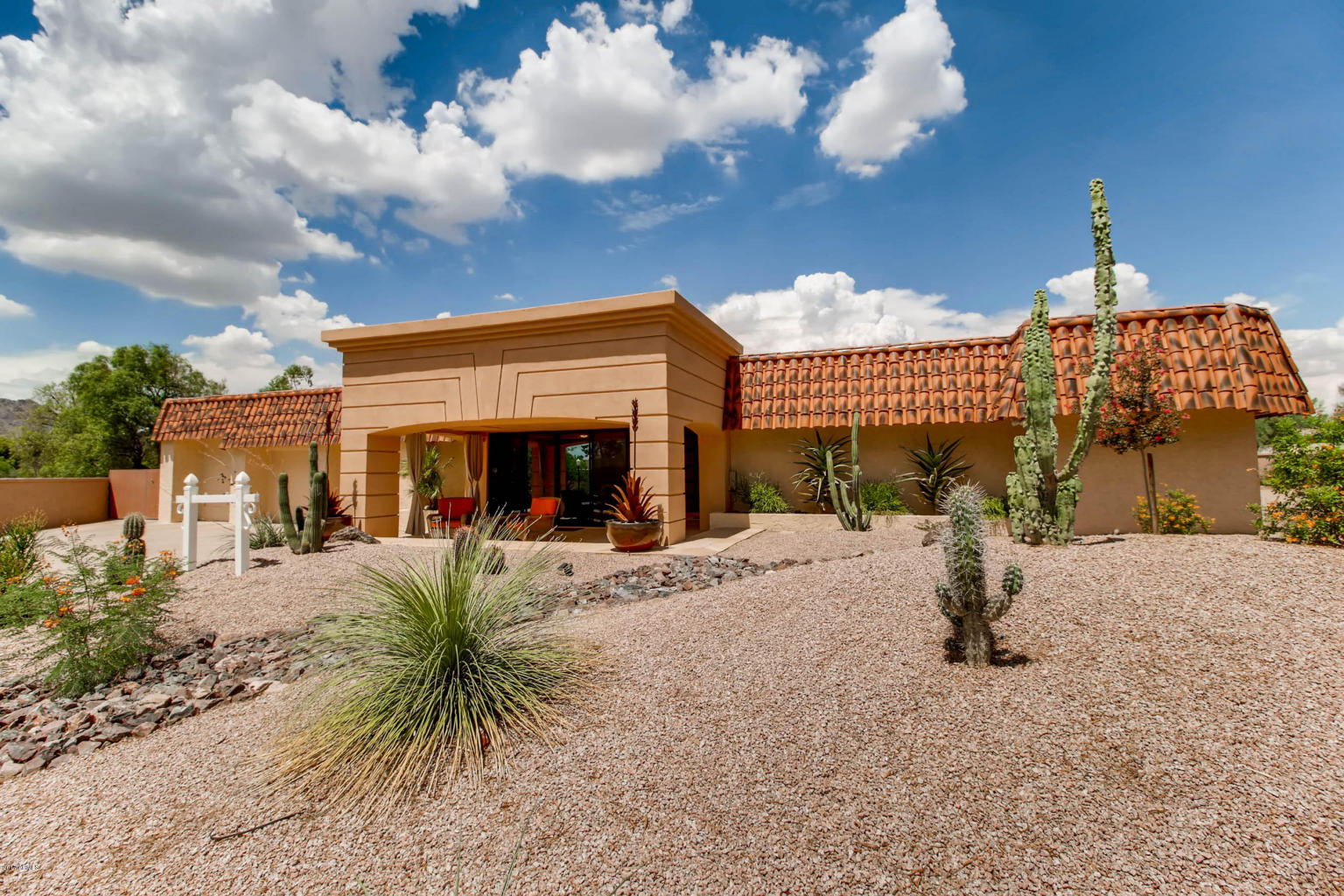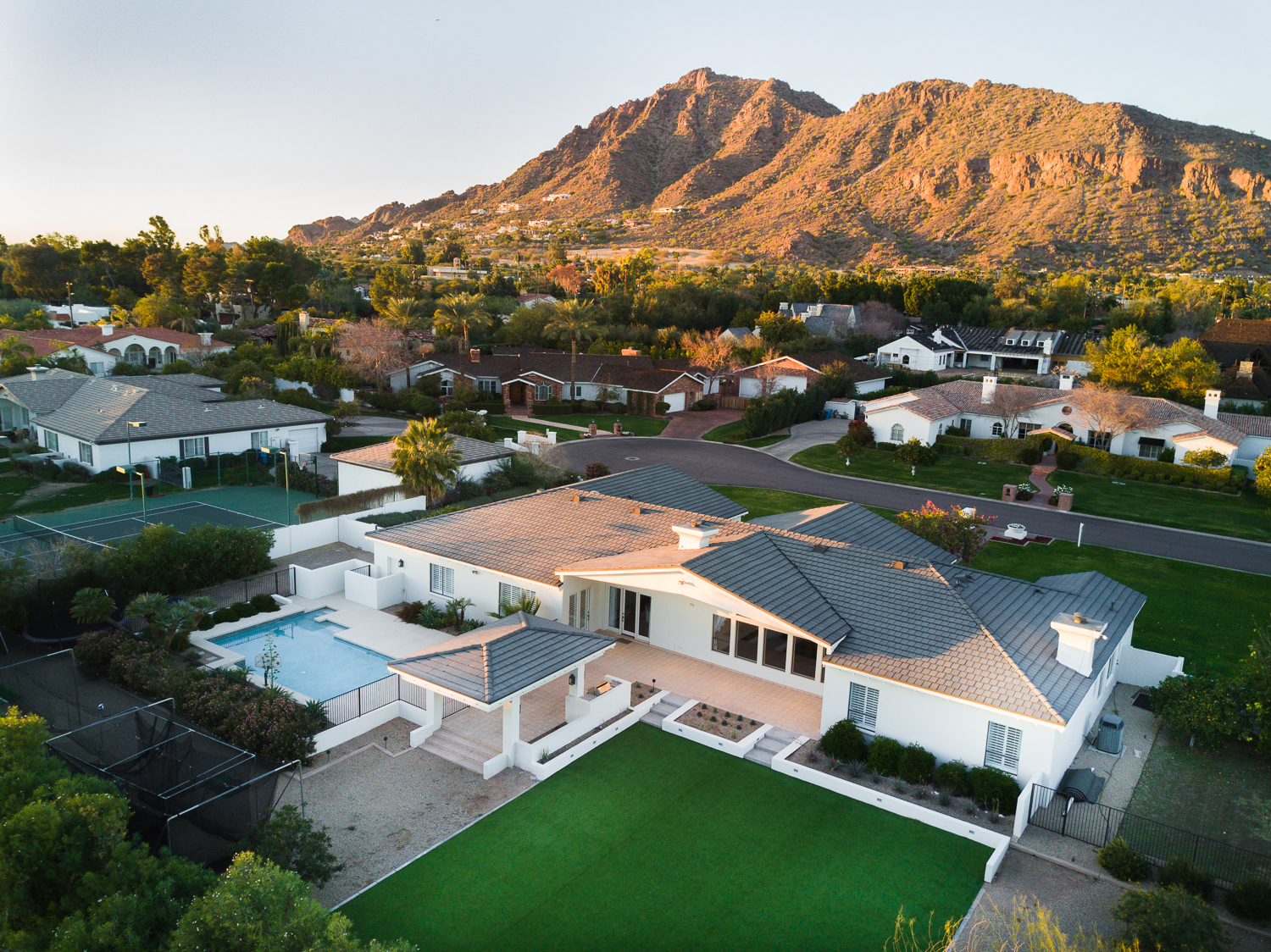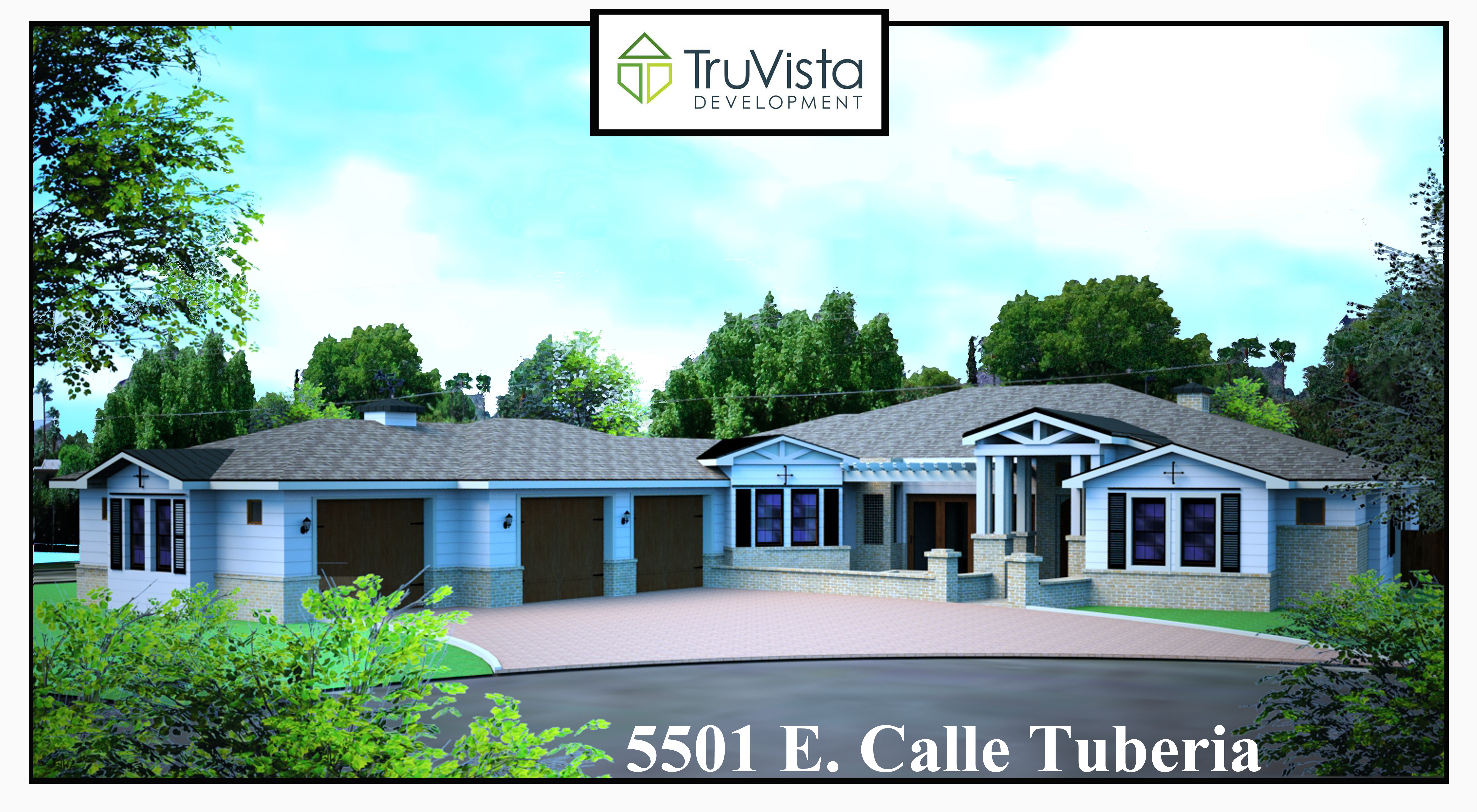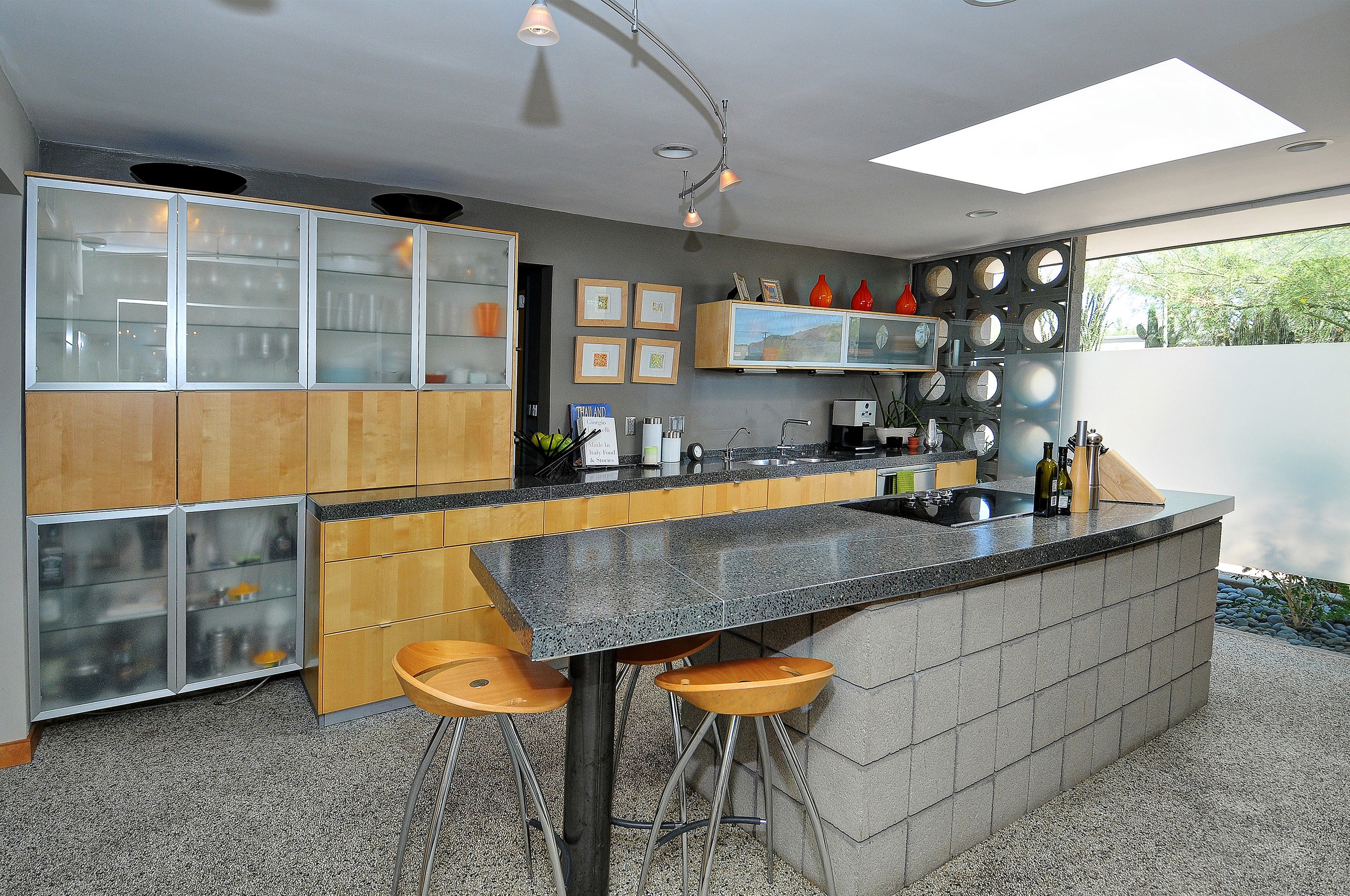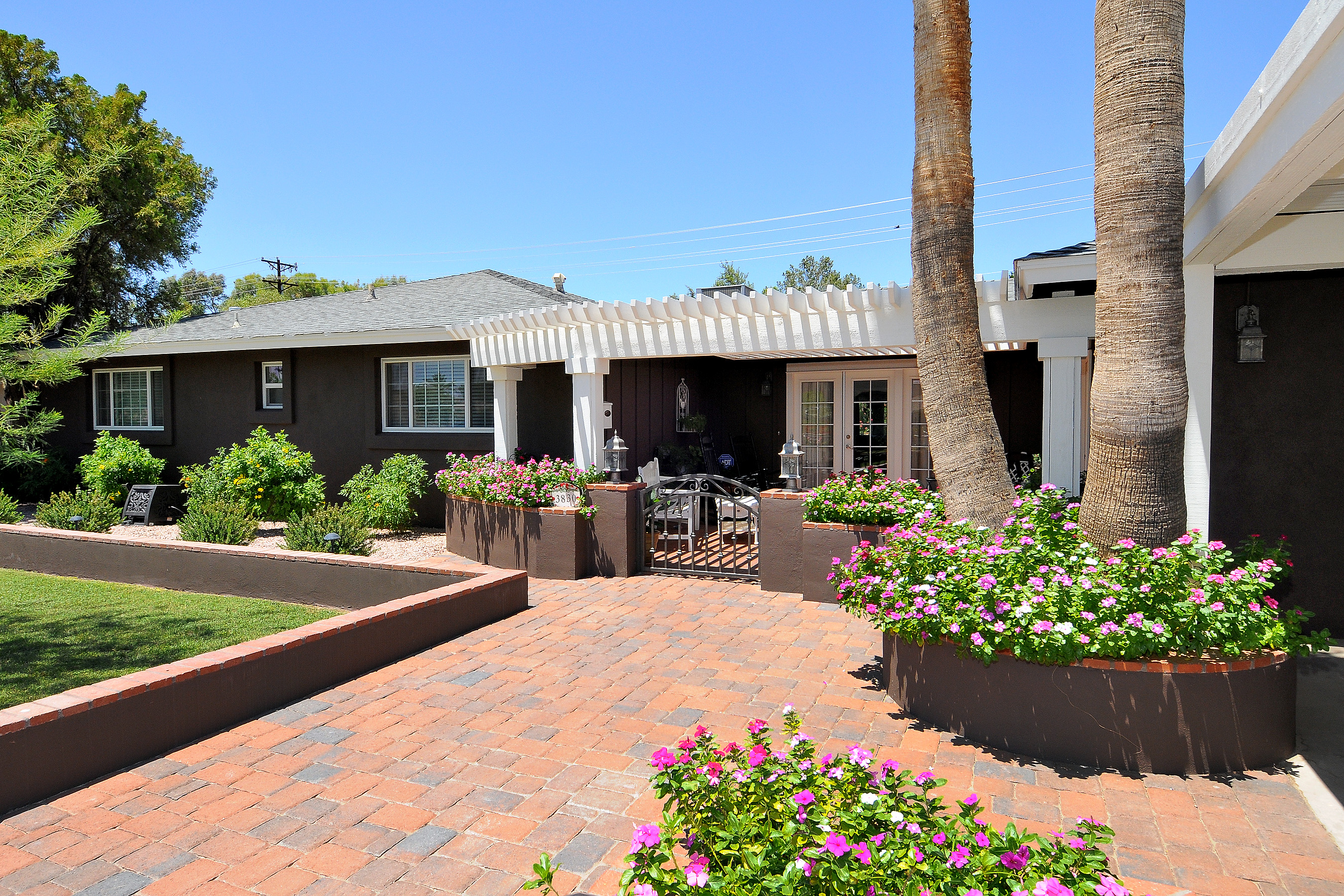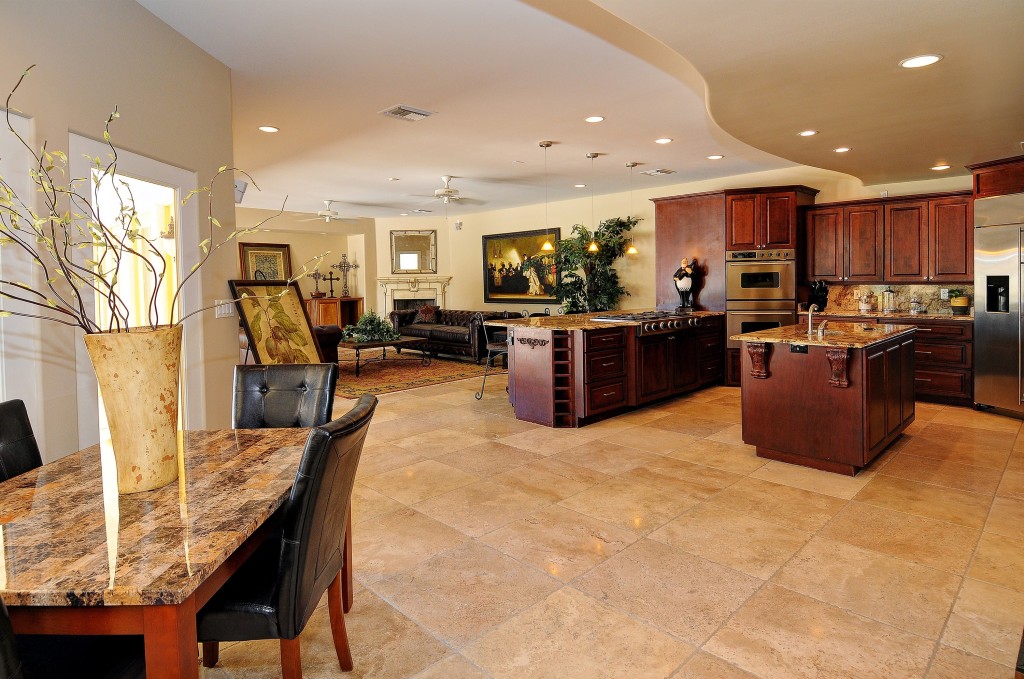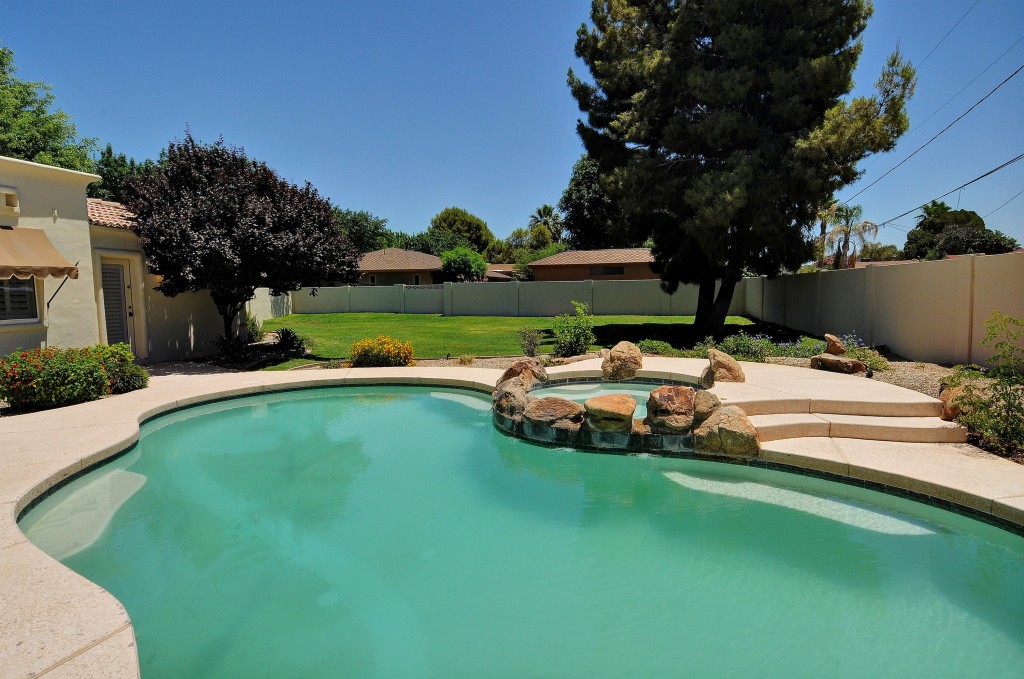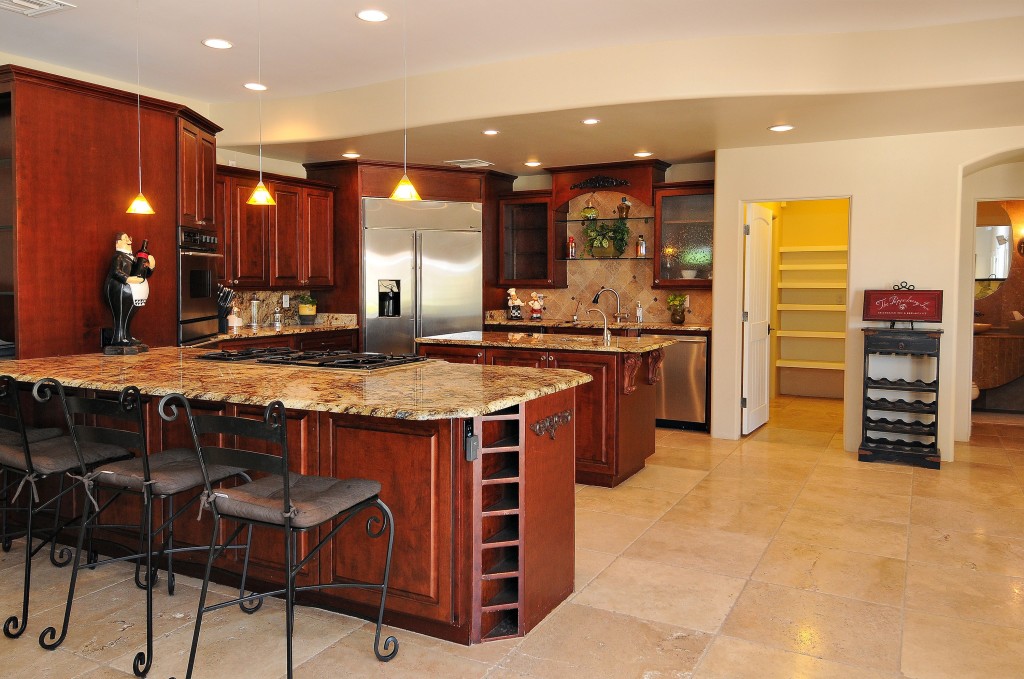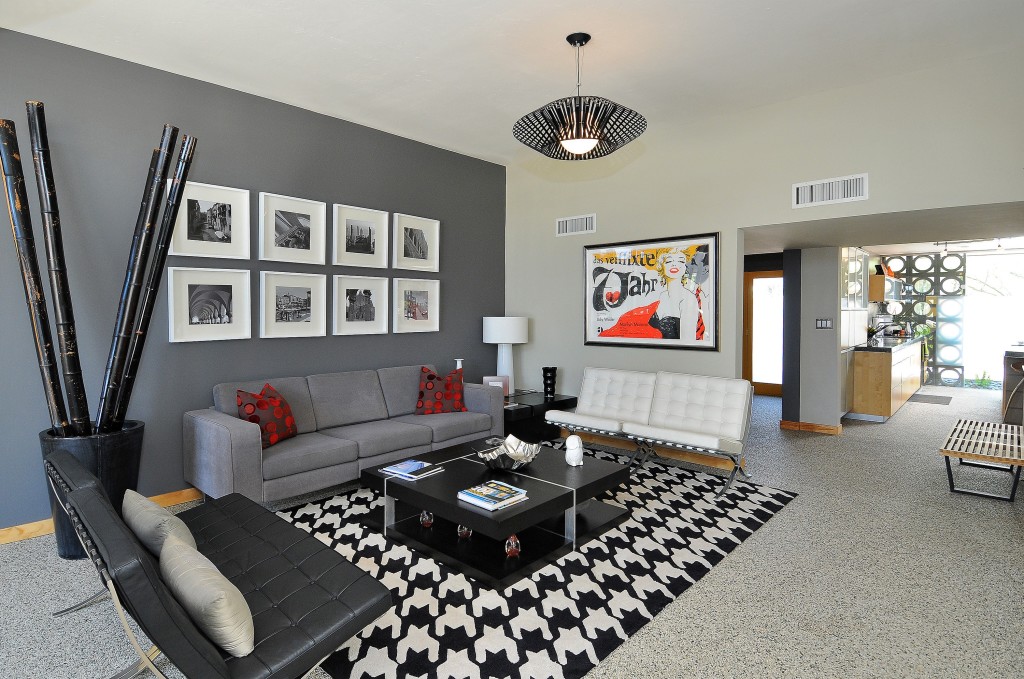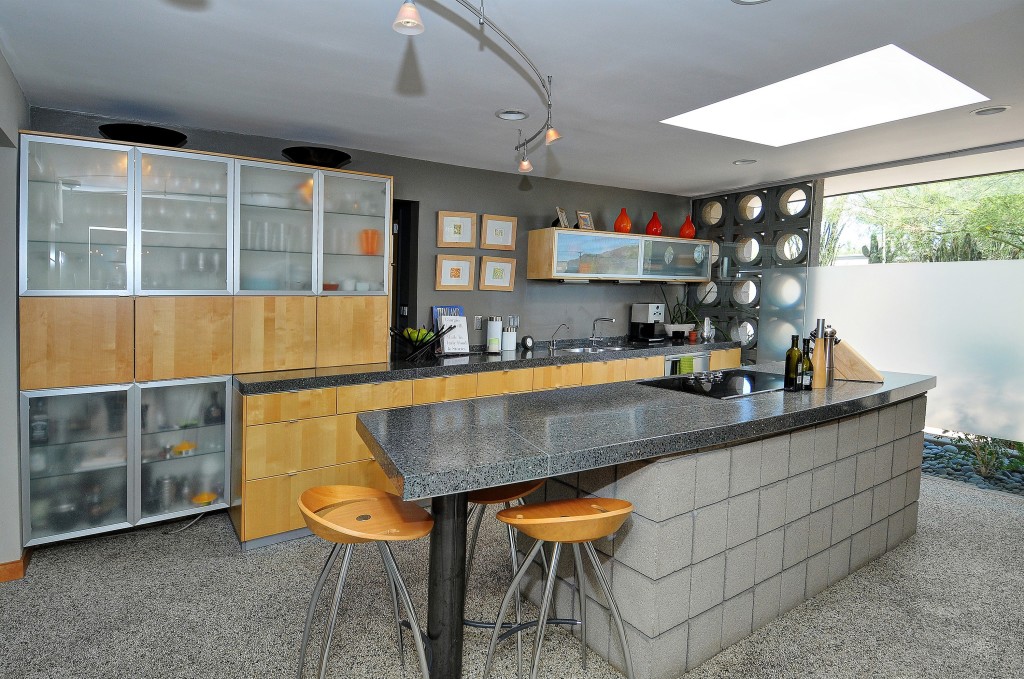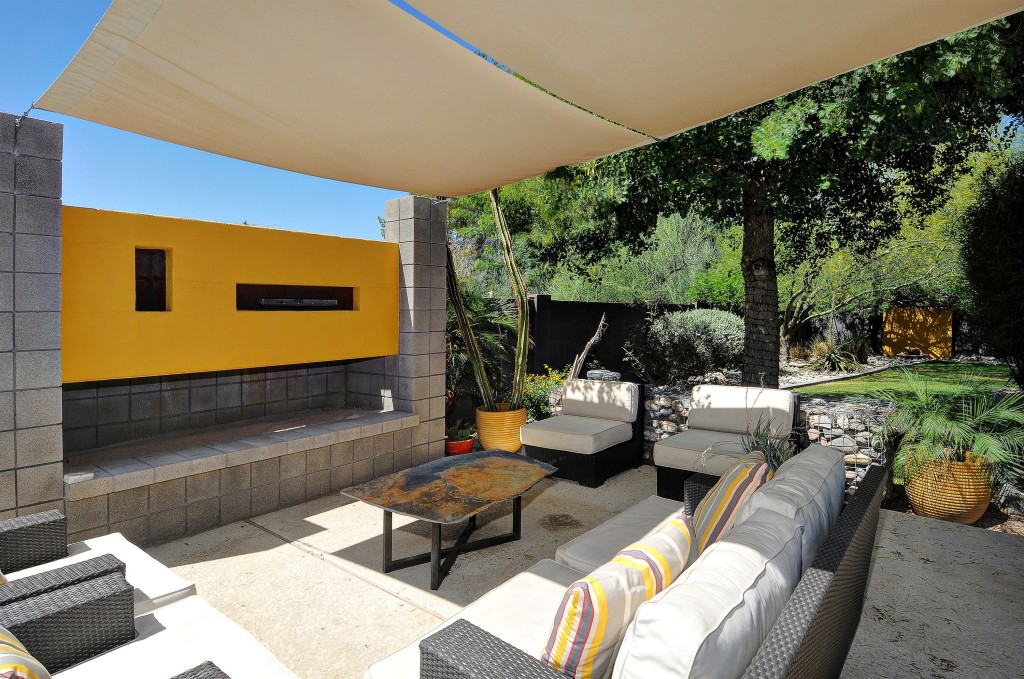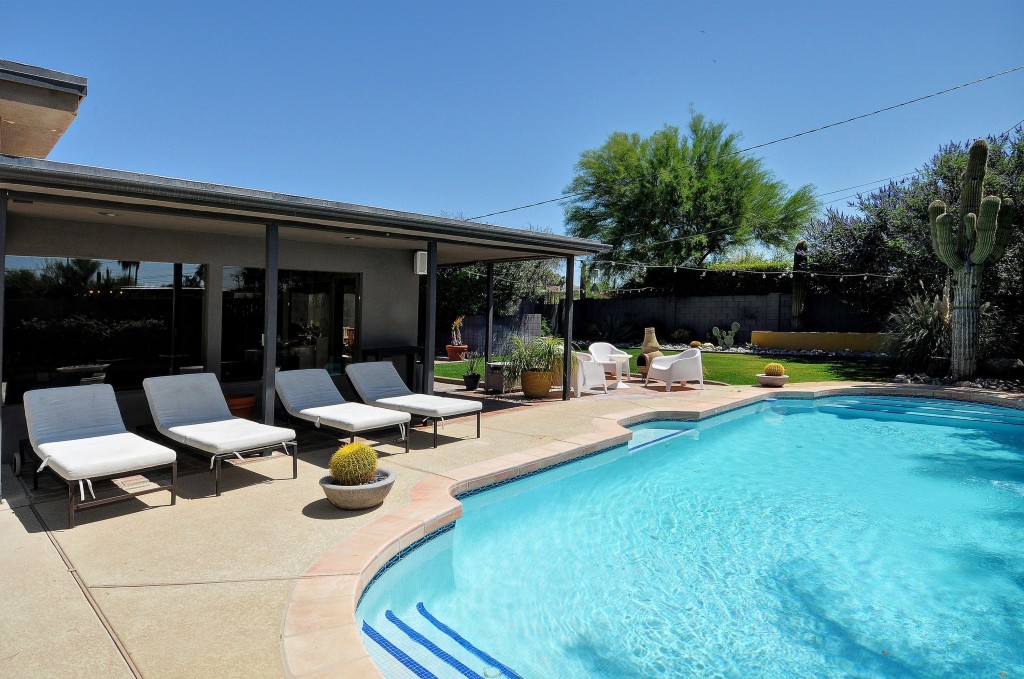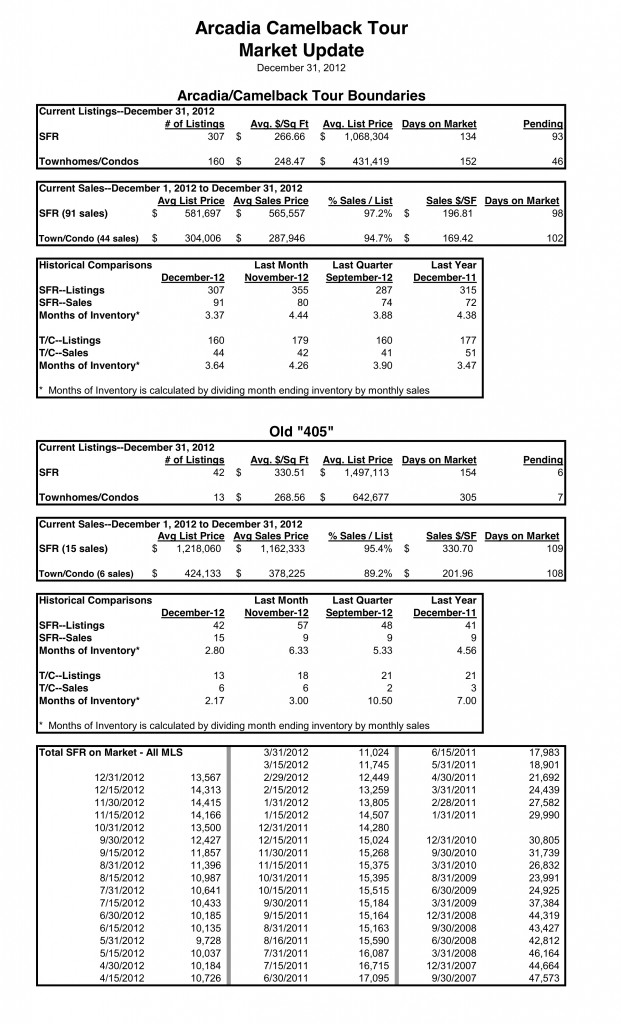Well here is a little tidbit from yesterday’s Wall Street Journal about the Phoenix Market, which describes the overall feeling since the beginning of the year. Should be a revealing Spring to see how it shapes up! See below for full article:
America’s Hottest Housing Market Has Suddenly Cooled Down
After a remarkable rebound, the Phoenix housing market is cooling down.
Home prices in Phoenix posted their first monthly decline since 2011 in December, according to the S&P/Case-Shiller price index released Tuesday. Because it was among the country’s first hardest-hit markets to stabilize, Phoenix has served over the past two years as a bellwether of sorts for much of the Sunbelt that also experienced high levels of foreclosures and severe price declines. If Phoenix cools, that could portend ominously for parts of California, Nevada, and Florida that have shown similar rebounds in recent years.
The latest figures show Phoenix is off to a less than promising 2014. The number of homes for sale in January stood 29% above their levels of a year earlier, according to the Arizona Regional Multiple Listing Service Inc.
Meanwhile the number of homes sold in January fell 17% from last year, the sixth straight month in which sales have fallen from a year earlier.
The upshot is that it would take 5.9 months in January to sell the supply of homes for sale at the current pace. While that’s well below the worst levels of last decade’s housing bubble, it’s a three year high, and below the 3.8 months’ supply of a year ago and 3.9 months’ two years ago.
“Demand is really getting quite low. Each month it seems to get a little worse than I expect,” said Mike Orr, a real estate director at the W.P. Carey School of Business at Arizona State University.
Already, there are signs that the strong price rebound of the past two years has cooled. After 25 straight month-over-month gains, prices have now stayed flat or fallen in each of the last four months.
“Pricing ran up dramatically and quickly in Phoenix. It’s plateaued,” said Donald Tomnitz, chief executive of D.R. Horton Inc., in an earnings call last month. Mr. Tomnitz pointed to the large increase in existing homes for sale. “That’s a lot of competition for all sellers,” he said. “It’s a good market for us, but it’s not a great market—and it’s going to be weaker in 2014 than what it was in 2013.”
Last year, the problem for builders was that they were running out of homes to sell. “Their biggest problem now is not having enough people coming through the sales offices with good credit,” says Mr. Orr.
Data from Zillow Inc. show that home values in January stood 9% above their levels of a year earlier, down from year-over-year gains of 18% reported during much of last year.
Prices could turn negative “if the current situation lasts much longer,” says Mr. Orr. Still, there are very few foreclosures waiting in the wings—completed foreclosures were down by more than 50% from a year earlier in December—any price declines “will be much more orderly,” says Mr. Orr. Traditional sellers are much slower to reduce prices than banks.
A number of factors are behind the sales slowdown. Rising prices and big declines in foreclosed properties being offered for sale have led investors to lose interest. Investors accounted for just 19% of homes sold in December, according to Mr. Orr, down from a peak of nearly 40% in July 2012. Demand from Canadian buyers has also cooled as the exchange rate becomes much less favorable compared with a few years ago.
But Mr. Orr says it’s “over-simplistic to write this all off on investors,” said Mr. Orr. “It’s not just investors and it’s not just weather. We’ve had glorious weather here.”
Instead, Mr. Orr says demand from entry level buyers is weak, and that younger households seem more inclined to rent, either because they can’t afford to purchase, they can’t qualify for a loan, or they simply aren’t interested in ownership. “There’s no shortage of rental demand,” he said. “Any rental that is reasonably priced is getting multiple people applying.”

